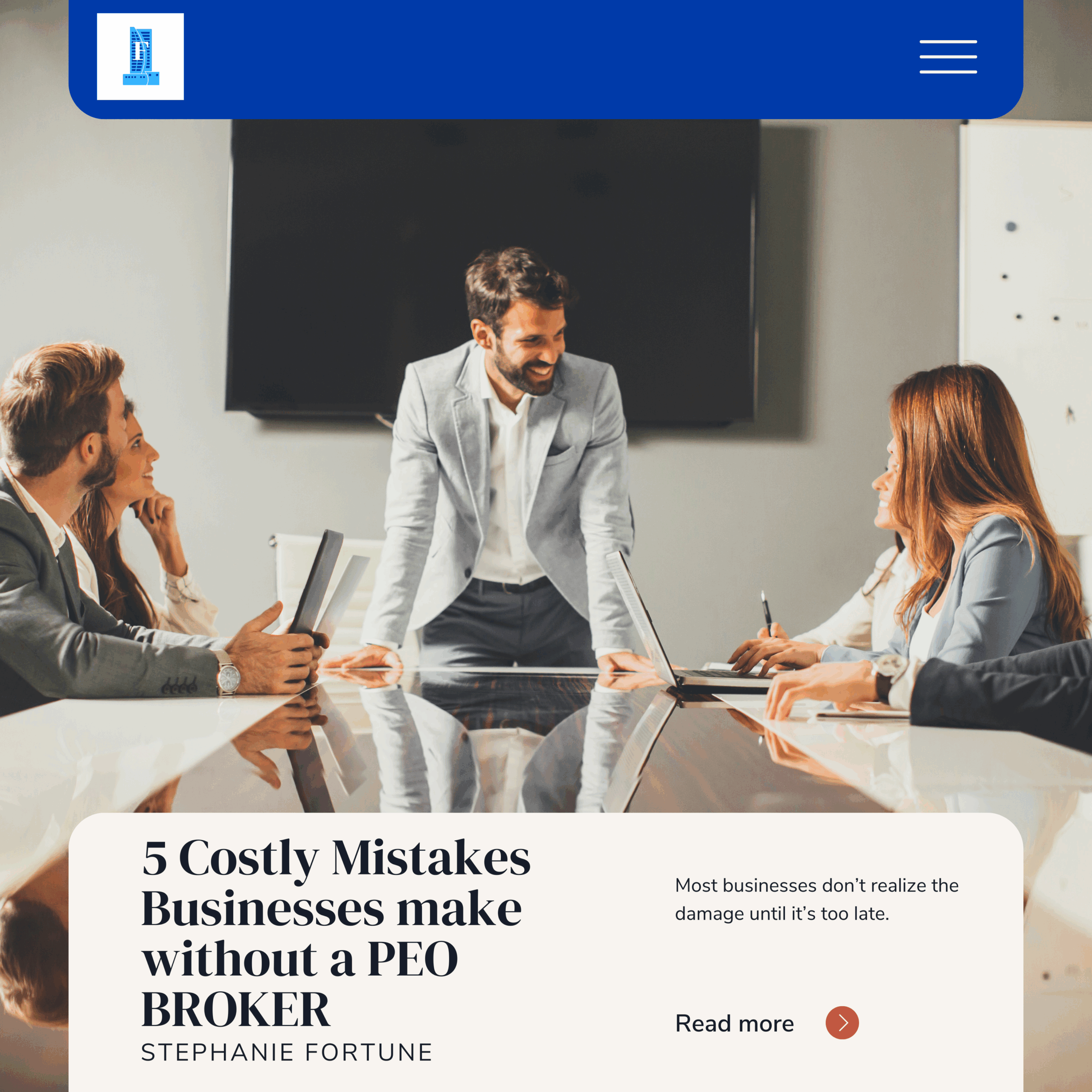Hiring an experienced and qualified HR support team is a challenging task for any organization. Some companies attempt to outsource HR organizations that help to staff the HR department. Companies keep different attributes in mind when screening candidates for staffing.
Keep reading to learn about a step-by-step guide that will help you effectively staff HR support.
5 Best Ways to Staff HR Support within a Company
Staffing human resource support team within your company involves a lot of planning. It is essential to hire the right persons for a specific job role since these employees will understand organizational needs and contribute massively to the growth and development of companies.
Following is a step-by-step guide to help you staff HR support:
Step 1: Analyse Years of Experience
The first step is to analyse the number of years of HR experience and the level of responsibility handled during this period. This will help in understanding which person to choose.
- Understand a person’s experience in working with startups or organizations of similar industry or size.
- Check education level and HR-related certifications.
- Check if that recruit knows employment laws and other compliance issues.
- Understand if they can access, prioritize, and handle multiple projects, conduct in-depth research and adapt quickly to the changing needs.
- Analyse the communication skills in terms of interaction with senior level and trainee level.
Step 2: Create Job Descriptions
It is essential to determine the number of HR staff required depending on the company size. Accordingly, create detailed job descriptions and portfolios for each of these positions. Here is what you can do:
- Consider the HR-to-employee ratio and plan recruitment of staff.
- Frame responsibilities, qualifications, and reporting structures.
- Undergo a thorough recruitment procedure to hire HR staff who have the required experience and skills.
- Job descriptions help to determine salary levels, analyse performance reviews, clarify missions, and establish titles and pay grades acting as an effective tool for recruiting.
Step 3: Implement Advanced HR Tools and Technologies
To hire the right prospect, share these job descriptions with social media, recruitment agencies and employee referral platforms. You can use advanced HR tools and techniques for the hiring process.
- Leverage online recruiting tools to ensure the best onboarding experience.
- There are several employee engagement applications to avail to get hold of the right staff.
- Post onboarding equip the HR team with applicant tracking systems, payroll software and other tools to streamline HR processes and enhance efficiency.
Step 4: Develop a Competitive Pay Structure
Crafting a fair and competitive pay structure is one of the major aspects of retaining and attracting HR staff for the organization. To develop a proper pay structure, it is important to gather background information and then implement it accordingly. Building a market-based pay structure includes:
- Conducting in-depth market analysis to understand the changing market scenario.
- Calculating the cost of the pay structures and accordingly implementing the new pay structures.
Step 5: Implement Benefit Plans
Every organization must determine certain benefit plans that are mandatory for the employees. Implement vacations, paid leaves, sick leaves, and health benefits insurance, pension and retirement plans and other such benefits.
- Mandatory benefits include workers’ compensation insurance and unemployment insurance under state laws.
- Some regions mandate paid disability insurance and/or paid sick leave for employees. Organizations must check their states’ laws to get more information on required benefits.
- While small companies can begin by offering few benefits, others can offer a comprehensive benefit package to help attract and retain HR recruits.
For companies you are not ready to invest in HR staffing internally can go for Professional Employer Organization or PEO as an effective alternative. PEOs come with a comprehensive solution by outsourcing HR functions. A PEO takes care of compliance and HR responsibilities for the organization including payroll, compliance, benefits administration, employee relations and more, allowing businesses to focus more on internal functions. With these aspects, a PEO empowers businesses to grow at scale.
These steps help in tailoring an effective HR staffing plan adhering to the organization’s unique perspectives and requirements. Following these above-mentioned steps will help in the proper HR staffing process. However, you can also contact us for these services. Additionally, explore our blog section if you are interested in knowing more about such topics.
Contact Us
Find out if a PEO is the right solution for your business.
Fill out the form below and we will contact you to schedule a chat.





